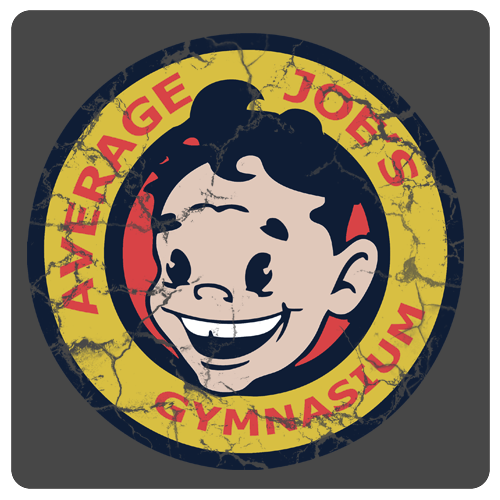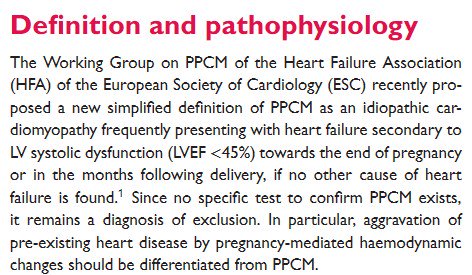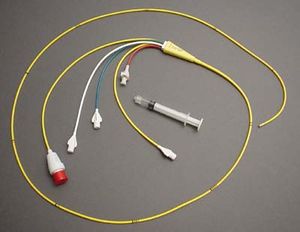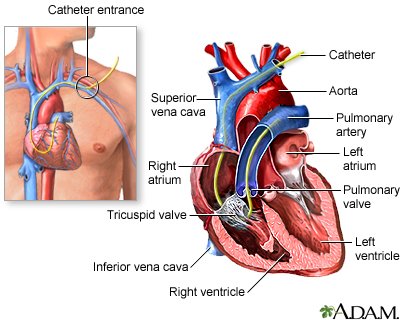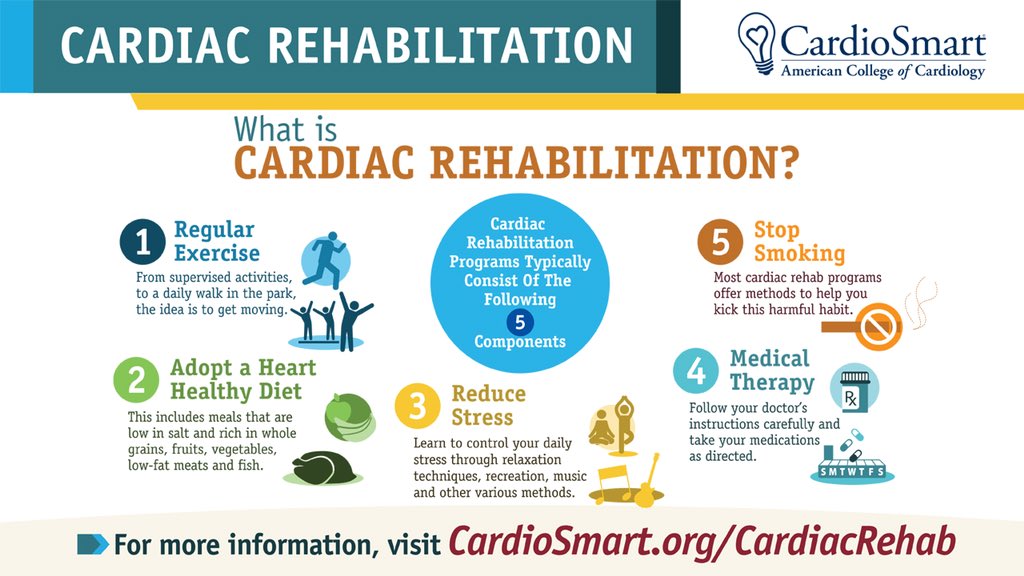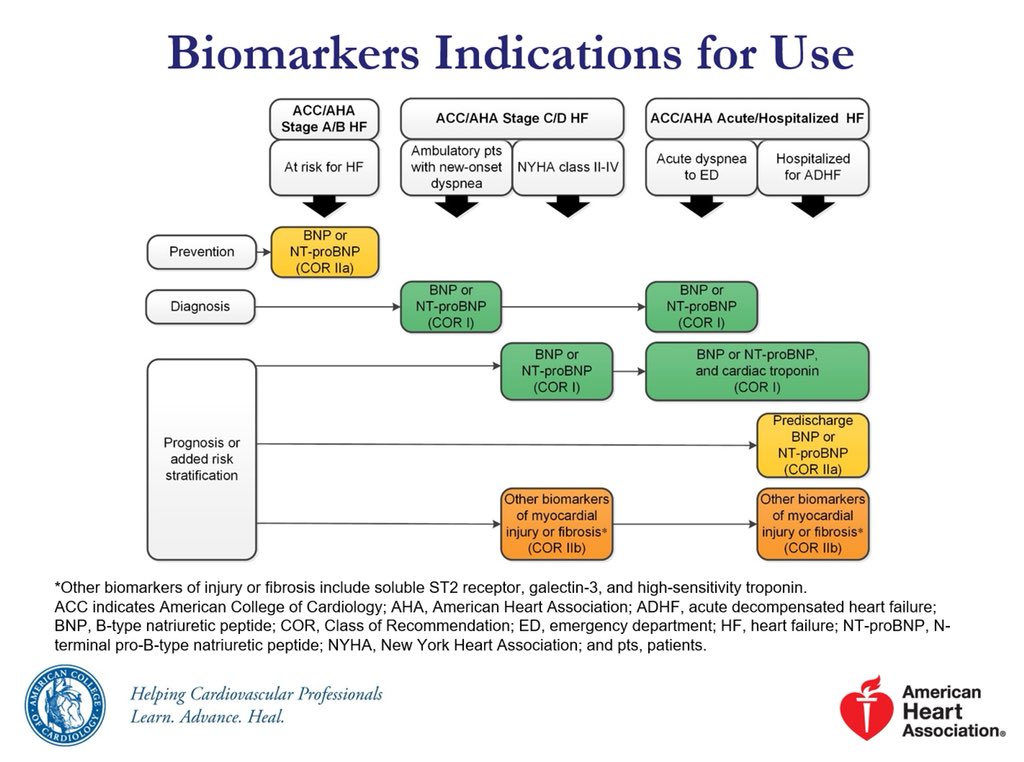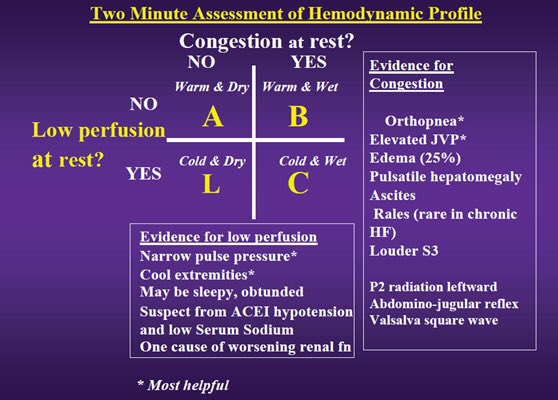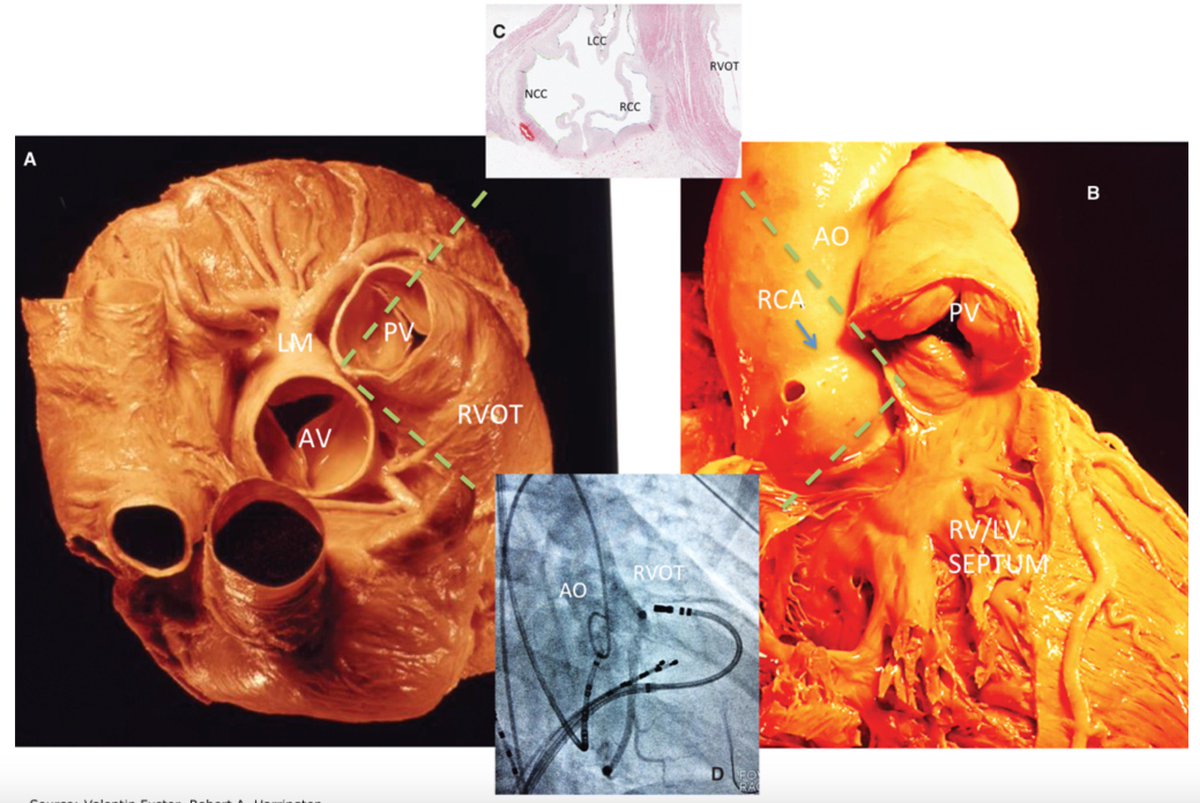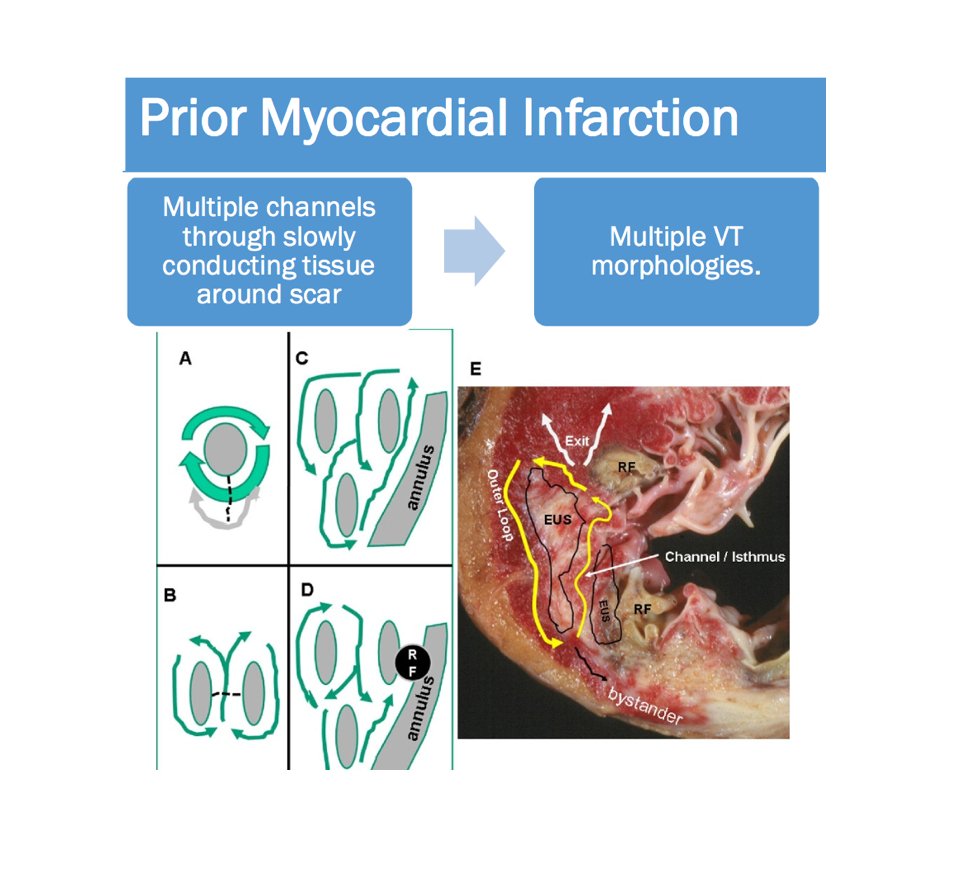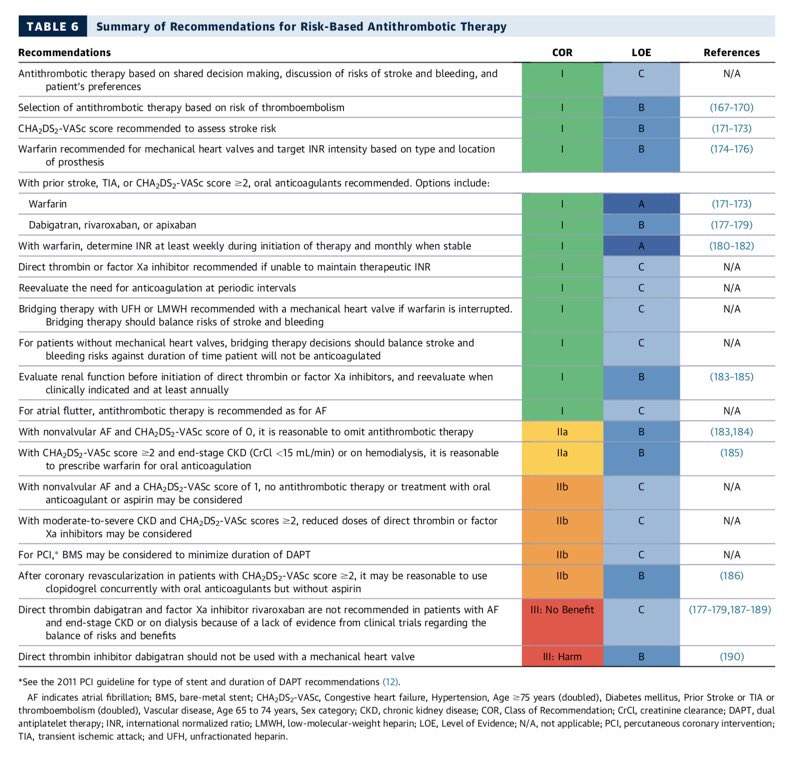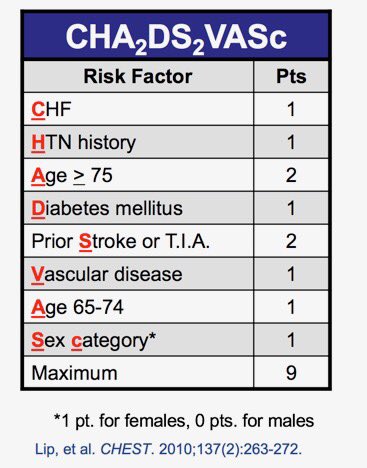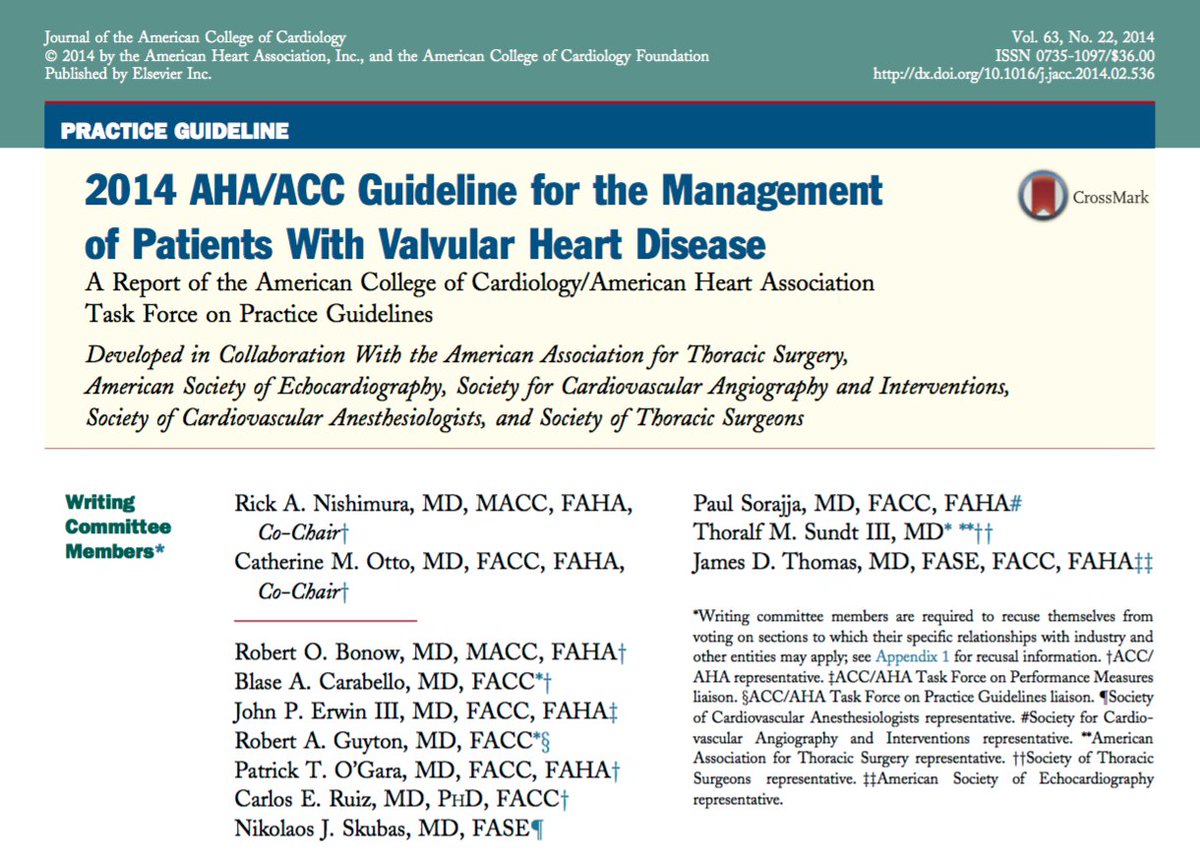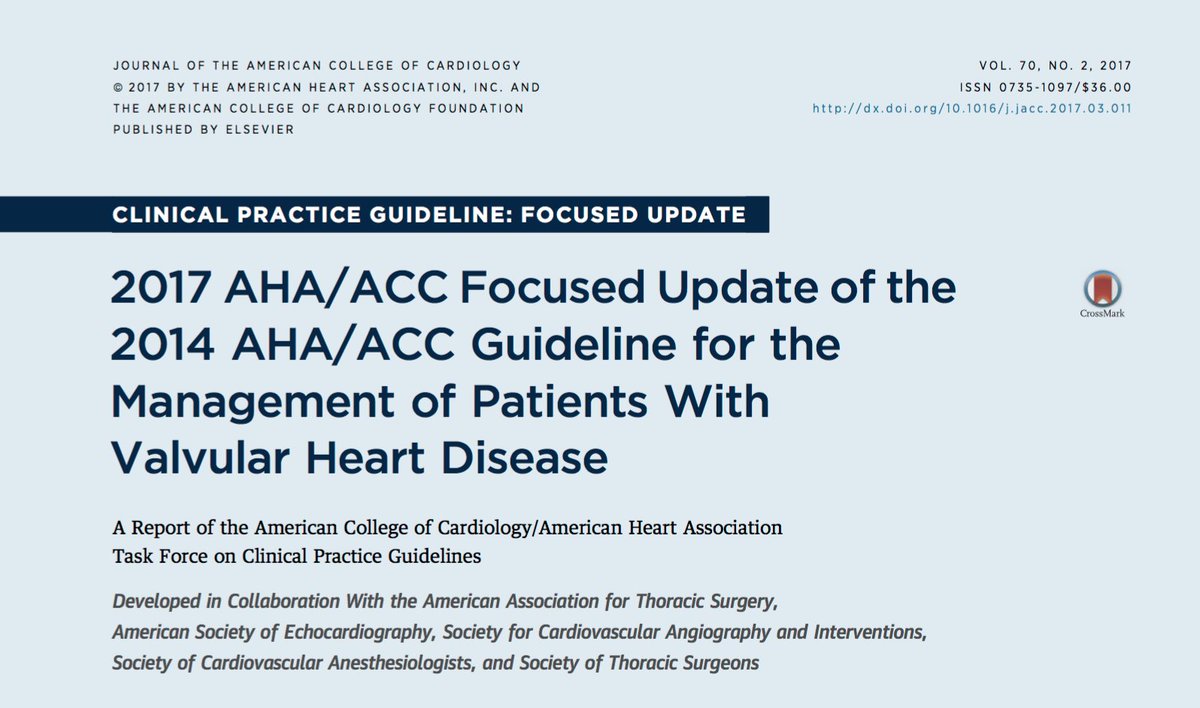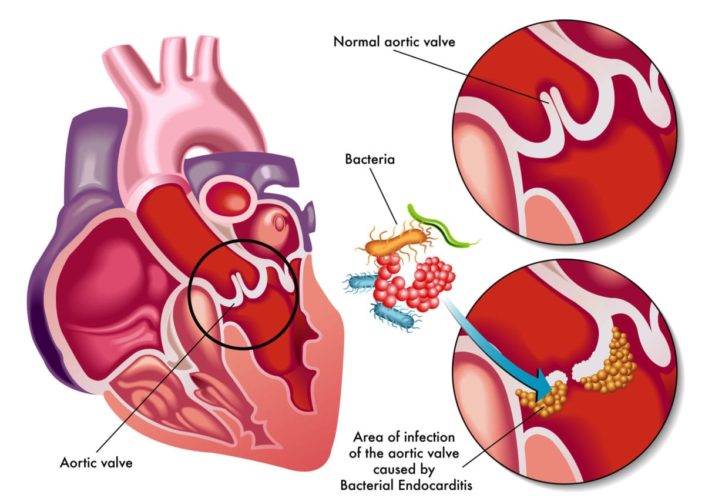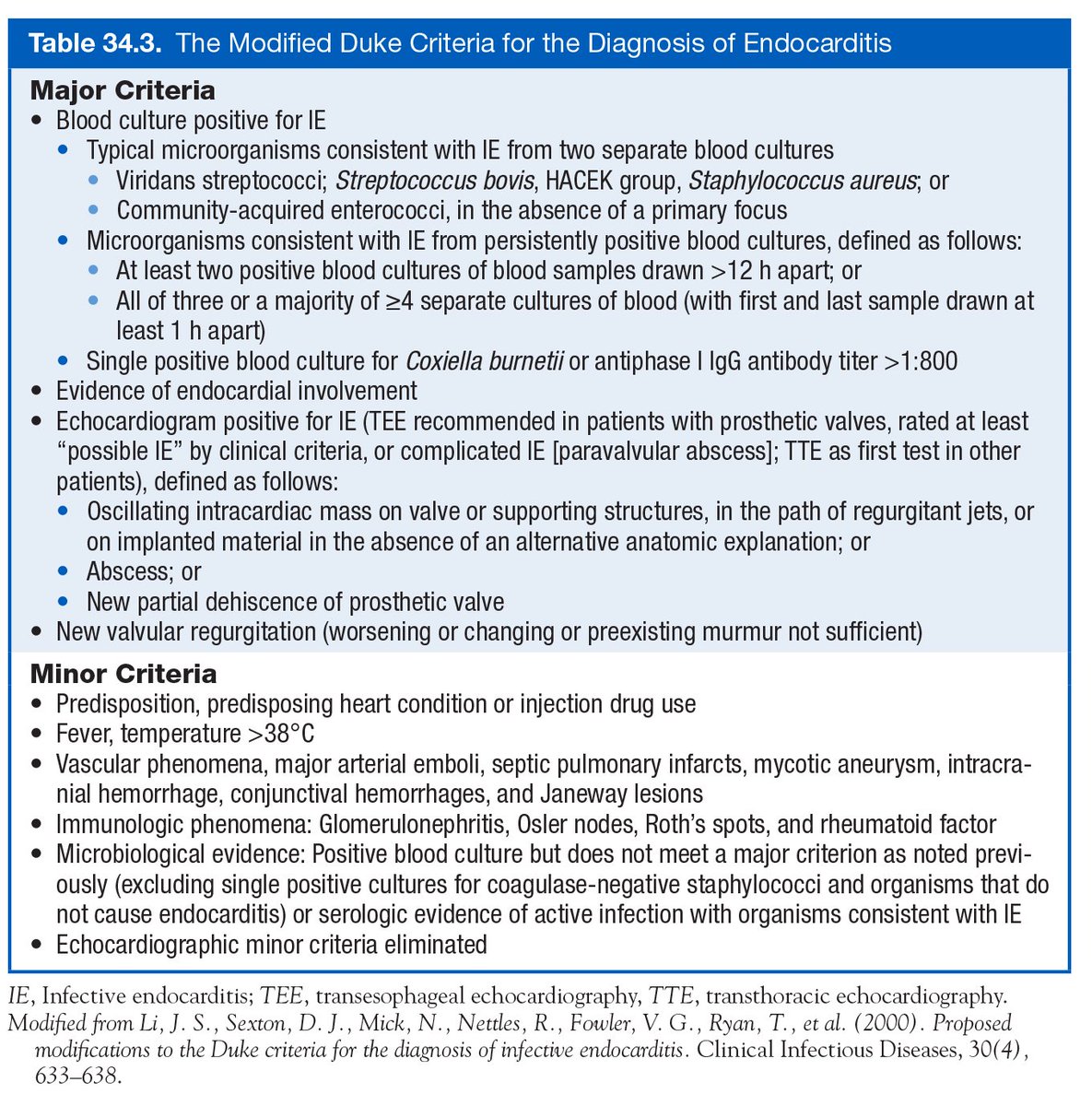1⃣Key Components
2⃣Benefits
3⃣Patients
4⃣Starting
5⃣Objective data
6⃣Patient limitations
7⃣Phase 1
8⃣Phase 2
9⃣Phase 3
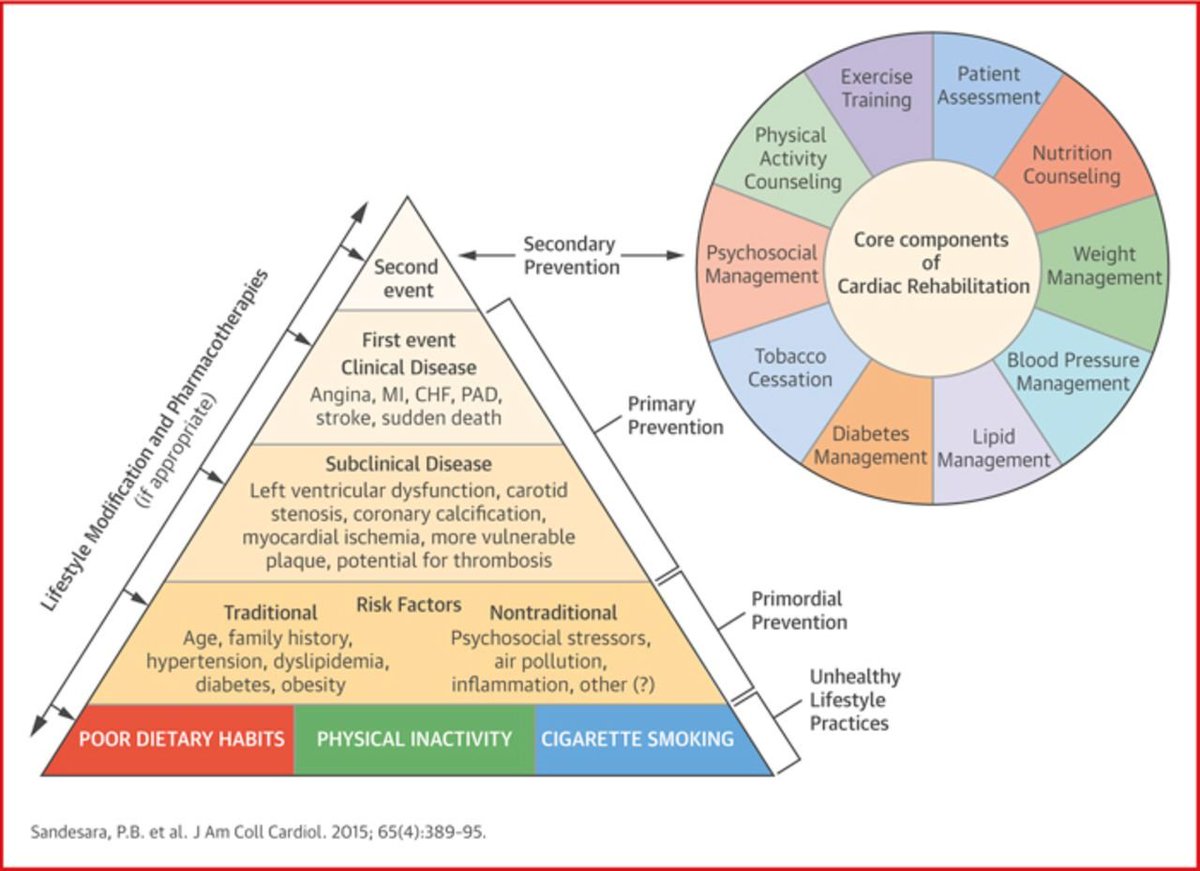
1⃣Key Components
🚬 cessation, lipid mgmt, 🍄🍒🥥🥦🥬 counseling, ⬇️weight, 🆗blood pressure, psychosocial 🛋️, 🏋️♀️🏋️♂️⛹️♀️🏊♂️🏌️♀️🚣♂️⚽️, Diabetes mgmt
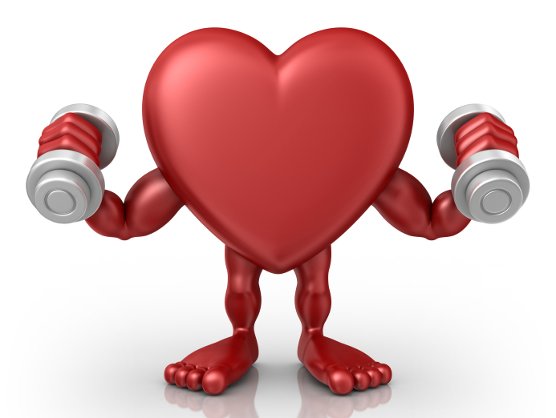
2⃣Benefits
Why? 25% mortality ⬇️, Benefit for >5yrs post-participation, ⬇️ symptoms, ⬇️ non-fatal MI for 1 year, ⬆️ 💊adherence, ⬆️ health factors, ⬇️ healthcare 💰💰.
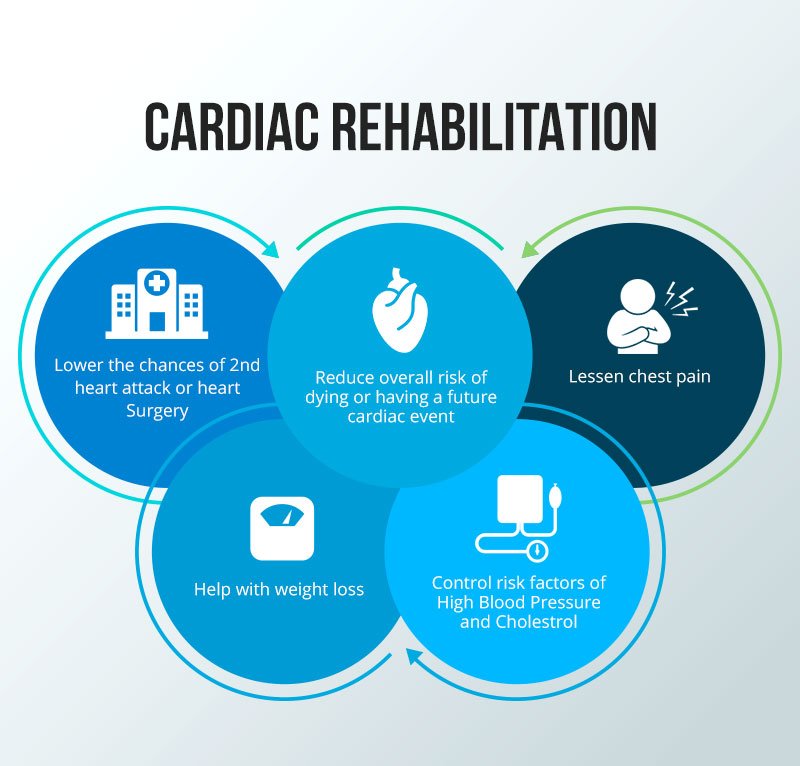
3⃣Patients
Who? S/p MI, CABG, PCI, valve surgery, cardiac tx. Also, HF, stable angina and PAD
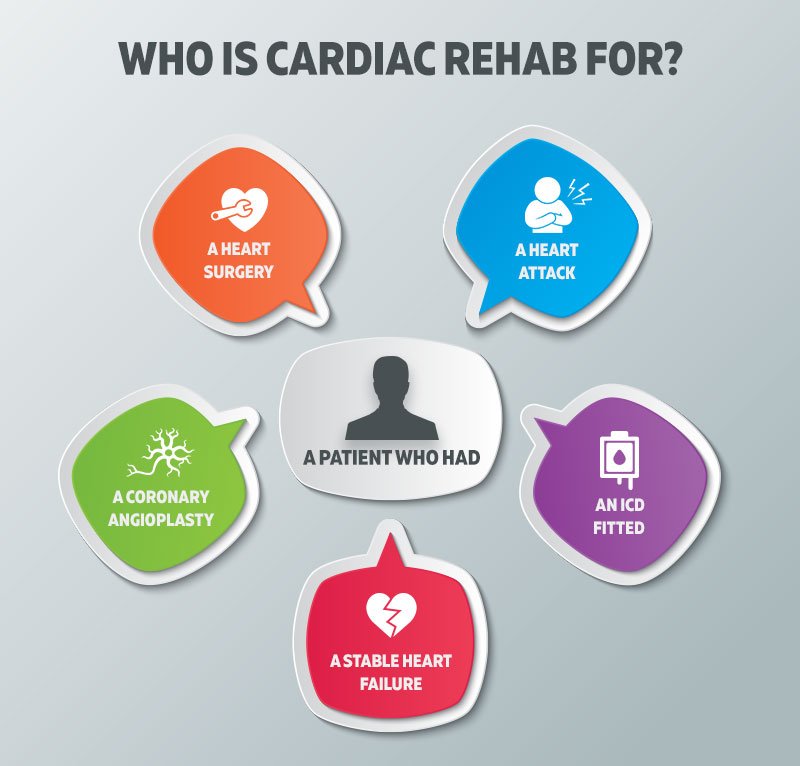
4⃣Starting
How? CPX testing pre and post program ( Naughton or Mod Bruce with treadmill, bike, upper body ergometer or NuStep) with PFTs
Can be done for all activity levels
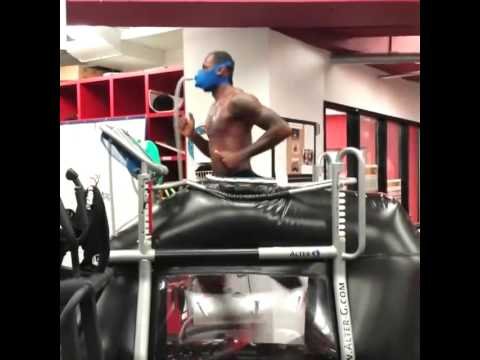
5⃣Objective data
Determine VO2 max – 60-75% is the anaerobic or lactate threshold
METs level - activity level
VE/VCO2 - Ventilatory efficiency

6⃣Patient limitations
Factors limiting exercise capacity – Dec CO, Dec skeletal muscle flow, Dec skeletal muscle oxidative metabolism and fiber shift Dec T1, Inc T2, Dec respiratory muscle function
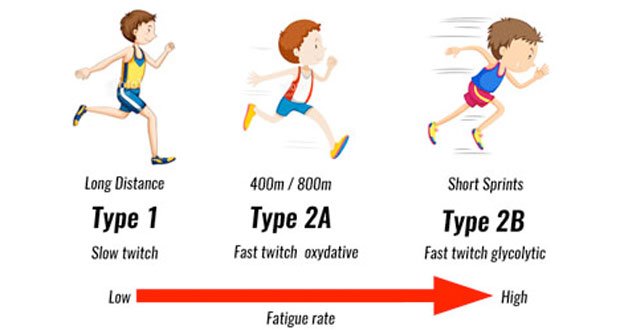
7⃣Phase 1 - inpt rehab, usually around 1 week. Starts the process to strengthen for everyday tasks and set a base for outpatient rehab.

8⃣Phase 2
Monitored exercise program - 12 weeks 3x/week for 60min. Certified exercise physiologists to maximize each individual’s program.

9⃣Phase 3
Maintenance phase. Sustained activities to decrease occurrences. Can be supervised or not.
